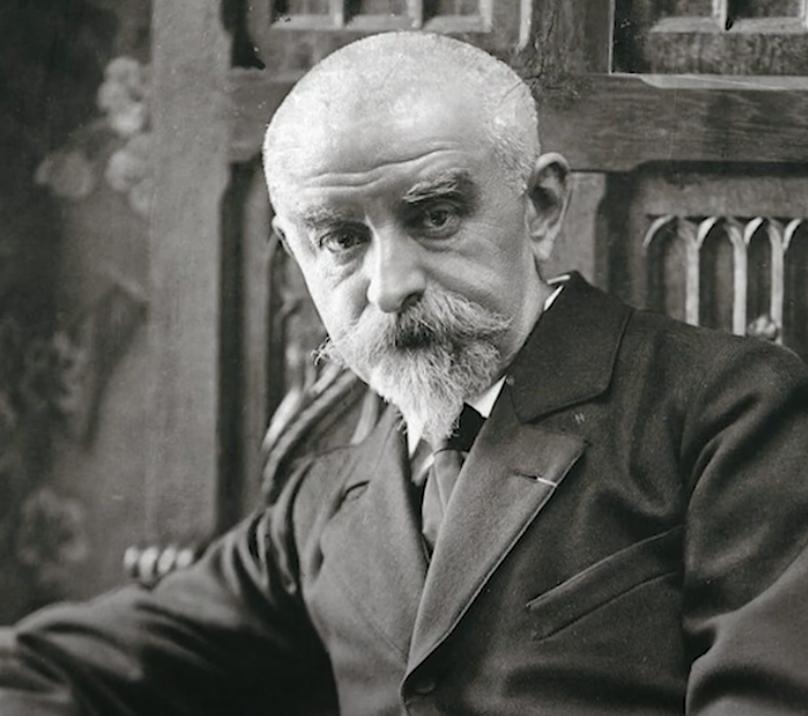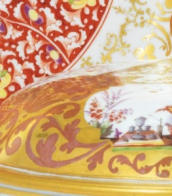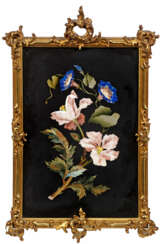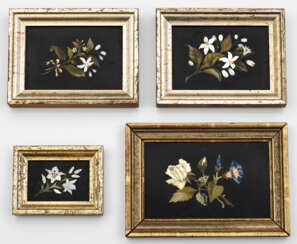florentine



Joris-Karl Huysmans, real name Harles-Georges-Marie Huysmans, was a French writer and poet, the first president of the Goncourt Academy.
Huysmans' father was Dutch, and he always emphasized this fact. At the age of 20, the aspiring writer began working as an official in the French Ministry of the Interior, where he served all his life.
Huysmans received the greatest fame thanks to the novel À rebours ("Against Nature"). The main appeal of this writer's work lies in its autobiographical content. And his style is characterized by a wide vocabulary of the French language, a wealth of detailed and sensual descriptions, as well as sharp satirical wit. The novels are also notable for their encyclopedic documentation, ranging from a catalog of decadent Latin authors in À rebours to a discussion of the symbolism of Christian architecture in La Cathédrale.
In his work, Huysmans expresses a distaste for modern life and a deep pessimism, but in his writings one can trace the stages of intellectual life in late nineteenth-century France. Joris-Karl Huysmans was one of the earliest proponents of Impressionism. He was also a renowned literary critic and one of the founders and first president of the Goncourt Academy.


Artemisia Gentileschi was a pioneering Italian painter of the Baroque era, celebrated for her vivid portrayals of dramatic scenes and strong female figures drawn from mythology, allegory, and the Bible. Born in Rome in 1593, Gentileschi broke through the gender barriers of her time to become one of the first women to achieve fame as an artist. Her early exposure to painting came through her father, Orazio Gentileschi, a follower of Caravaggio, whose influence is evident in Artemisia's use of chiaroscuro and realistic, emotional expression.
Gentileschi's artistry is particularly noted for its naturalism and the dynamic use of color, which she employed to convey depth and drama. Among her most renowned works are "Susanna and the Elders" (1610), showcasing her skill in portraying the vulnerability and dignity of its subject, and "Judith Slaying Holofernes" (c. 1614–1620), a vivid depiction of strength and determination, housed in the Uffizi Gallery. These works, along with others like "Judith and Her Maidservant" (1625) in the Detroit Institute of Arts, highlight her unique ability to present female subjects not just as objects of beauty, but as agents of power and action.
The complexity of Gentileschi's life, including her survival of rape by Agostino Tassi and the subsequent trial, has often overshadowed her artistic achievements. However, modern scholarship and exhibitions, such as those at the National Gallery in London, have reevaluated her contributions, positioning her as a significant figure in art history for both her mastery of Baroque painting techniques and her role in challenging the era's gender norms.
For art collectors and experts, Gentileschi's works are emblematic of the Baroque spirit and a testament to the resilience and talent of women artists in a male-dominated field. Her paintings are not only valuable for their aesthetic and historical significance but also for their inspirational narrative of overcoming personal and societal challenges.
To stay updated on new product sales and auction events related to Artemisia Gentileschi, signing up for updates is recommended. This subscription ensures you remain informed about opportunities to acquire pieces related to this groundbreaking artist, without any pomp or unnecessary fluff, focusing purely on her incredible legacy in the realms of culture, art, and painting.


















![COLLODI, Carlo (pseudonimo di Carlo Lorenzini, 1826-1890) - [PINOCCHIO - La vera storia di un burattino]](/assets/image/picture_942392/013b2/6nyl6yrjojw4izefozx0xztp8oqna1rfvkgu5bozd74418cmtuy3oavf9sthvlmw1596201880jpg__fix_374_244.jpeg)
![COLLODI, Carlo (pseudonimo di Carlo Lorenzini, 1826-1890) - [PINOCCHIO - La vera storia di un burattino]](https://veryimportantlot.com/assets/image/picture_942392/013b2/6nyl6yrjojw4izefozx0xztp8oqna1rfvkgu5bozd74418cmtuy3oavf9sthvlmw1596201880jpg__fix_374_244.jpeg)
























































